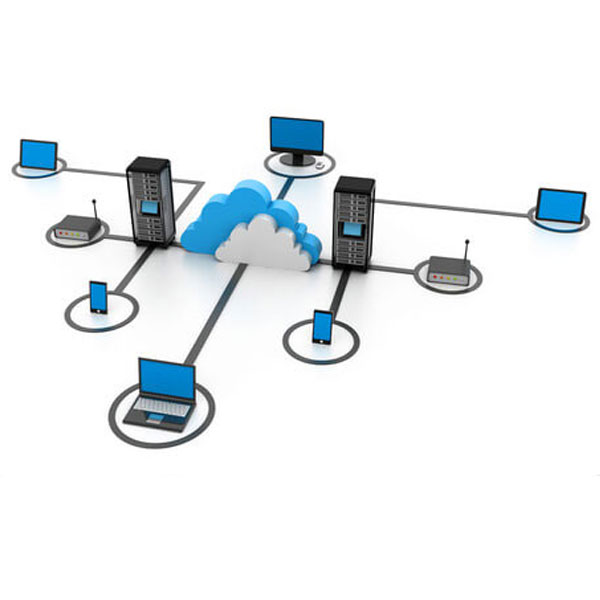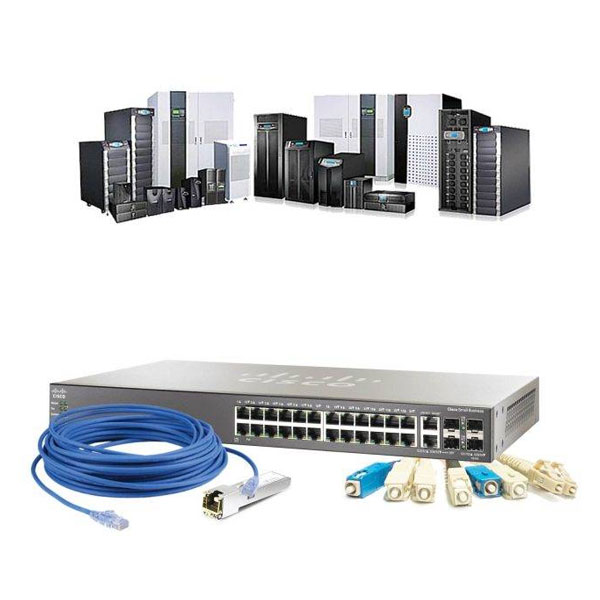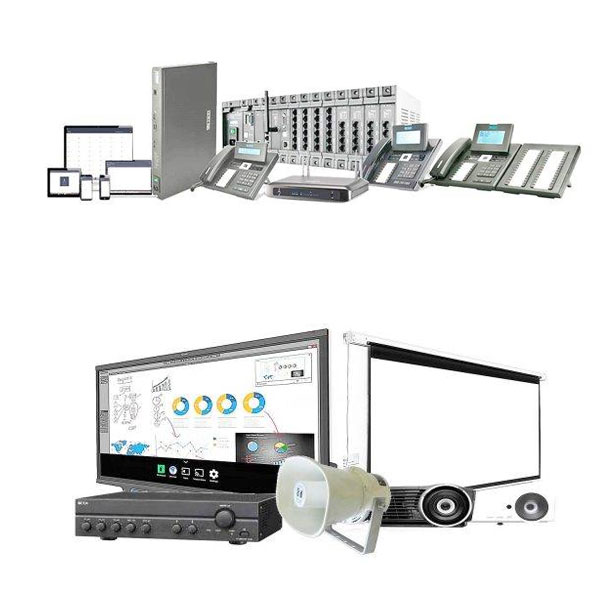

Lifting equipment. When lifting equipment, it’s best to lift with your legs, not your back. In other words, instead of bending down to pick up heavy equipment, you should squat by bending your knees to pick it up. There aren’t any firm guidelines on safe weight limitations. However, many standards recommend that individuals do not try to lift equipment more than 70 pounds without help.
Rack installation. Servers and networking devices are commonly mounted in racks about the size of refrigerator. When mounting the equipment, it’s often best to do so with two people. One person can hold the equipment, while the other person screws the device into rack.
Tool safety. It’s also important to follow general safety practices when working with tools. The practices vary from one tool to another, but are outlined in the tools documentation.
Tips below will increase your online safety.
- Protect your identity: use different user names and passwords for your accounts and make sure your passwords contain a combination of letters, numbers and symbols.
- Turn on your firewall: the University uses a firewall to help secure its infrastructure. Having one on your personal computer will help protect it from viruses and malware.
- Use anti-virus software: a multitude of free and paid anti-virus software exists to help protect your personal computers, tablets and smart phones. Install one on each device that connects to the Internet, and remember to update it regularly.
- Block spyware attacks: like anti-virus software, anti-spyware software prevents spyware from making its way onto your computer.
- Surf the Web safely: only make online purchases from trusted sources, and make sure your privacy settings are turned on when accessing your social networking sites (Facebook, twitter, etc…). You don’t want your personal information falling into the wrong hands!
- Ignore and delete emails from unknown senders: never open emails or attachments from people you don’t know. Ignore these messages and delete them immediately.
- Protect your wireless network: password protect your home wireless network, and change the password regularly if multiple people access it.








